Looking for a few simple tips and tricks to get your tomatoes to ripen a little faster this summer?
One of the toughest things for a gardener to do is to wait for their tomatoes to turn to their perfect shade of ripeness. Especially early in the season when it can seemingly take forever for the first fruits to finally begin to turn color!
All gardeners know the excitement of watching that first bloom on their plant turn into a tiny green tomato as late spring or early summer arrives. But then the waiting game ensues. And as the weeks go by – and those same first tomatoes are still green – you begin to wonder if you will ever get to taste a ripe tomato at all!
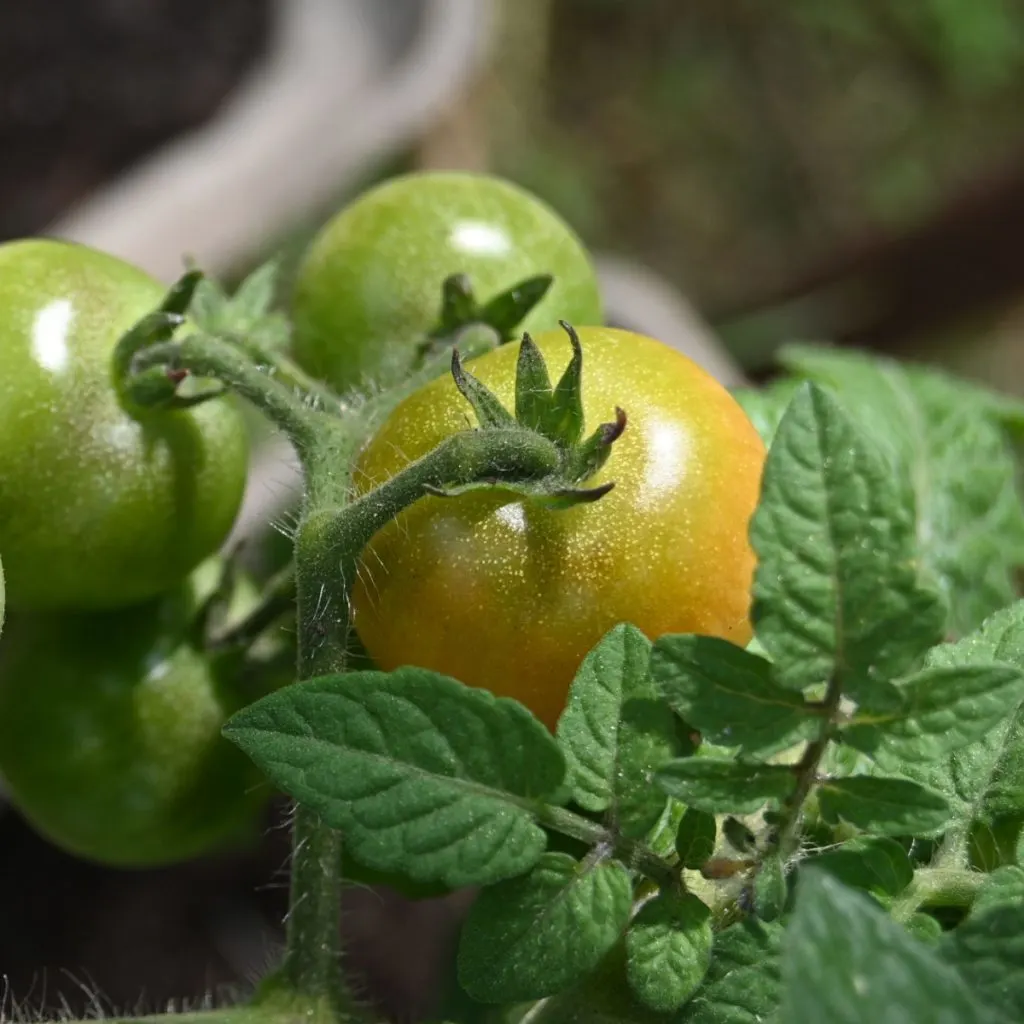
It’s certainly true that tomatoes take a long time to reach maturity. In fact, along with pepper plants, they have one of the longest seed-to-harvest time frames of any vegetable plant.
But here is the good news, no matter what type of tomato you grow, there are a few simple secrets that can help your plants and those delicious tomatoes they produce to get to the dinner table faster than ever. And as you will see below, it all starts with actually not letting the first few tomatoes ever ripen at all!
How To Get Tomatoes To Ripen Faster – 4 Simple Secrets To Get Ripe Tomatoes Quick!
#1 Remove Early Fruits
Tomatoes can certainly be finicky when it comes to ripening on the vine. Early in the season, it seems as though they can hang for weeks without the slightest change in color. And unfortunately, if it takes them too long, they often rot from within before ever completely maturing.
For that reason and more, it’s actually best to remove the first few tomatoes that form on your plants. Although it may seem a bit counterproductive, discarding the first few fruits will actually help your plants produce more tomatoes. And even better – ripen the new ones faster too.
When tomato plants are first growing and establishing, they need energy. And a lot of it! Not only are they trying to establish larger roots, they are also growing a tremendous amount of stems, branches and foliage. And the more energy and nutrients they can have for that, the better.
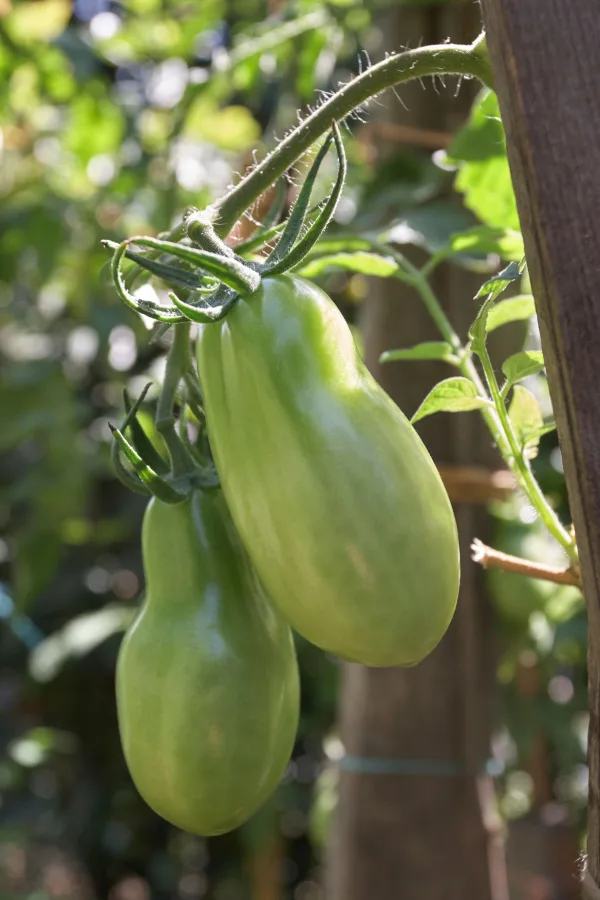
Unfortunately, when a tomato plant starts to form early fruit, it takes away precious energy the plant needs to develop a strong root and branch system. And as long as those early fruits remain, it continues to divide its energy all over – which is exactly why it struggles to ripen the first tomatoes.
To help your plant grow first and produce later, remove those early fruits after they form. For best results, remove the first three to four clusters or tomatoes a plant forms. Then, once the plant is developed, it can produce new fruit more quickly – and dedicate most of its resources to the ripening process.
#2 Feed Your Tomato Plants What They Need For Production & Ripening
This little tips is a HUGE one! All too often, gardeners stop feeding their plants after spring. Or even worse, they feed them with nutrients that are designed for growing and not producing fruit. And when that happens, plants struggle to both produce tomatoes – and ripen the few that are hanging from the branches.
Tomato plants need phosphorous and potassium to produce blooms and ripen their fruit. Phosphorous is vital for helping plants set blooms and supply energy for blushing, which is the first stage of ripening. It also plays a critical role in helping develop young fruit as well.

Potassium helps tomatoes develop their sugars and meaty interior. When there is enough potassium available, the plant can quickly develop its fruit to make way for more. If there isn’t enough – the tomatoes will ripen more slowly.
Feed your tomato plants ever ten to fourteen days in the summer with a liquid fertilizer heavy on phosphorous and potassium – and not nitrogen. Nitrogen heavy fertilizers will grow large plants – but at the expense of blooms and fruit. Affiliate Product Link: Tomato Fertilizer – 3:8:7 Ratio Fortified with Humic Acid, Iron and Calcium
Liquid is the better fertilizer choice for summer feeding as it can supply plants quickly by feeding through the roots and foliage. Your plants will thank you with not just faster ripening, but also more fruit than ever!
Finally, when fertilizing in the summer, fertilize at half of the recommended strength. This will allow you to fertilize more often for a constant supply for plants – without the worry of giving the plant too much energy all at once.
#3 Less Water, More Air – How To Get Tomatoes To Ripen Faster
Although it’s good to use a liquid fertilizer, you do want to be careful of how much water your plants are getting in the summer. In fact, one of the biggest reasons tomatoes fail to ripen in a timely fashion is that they are getting too much water. Tomato plants actually suffer far more health issues from overwatering than underwatering.
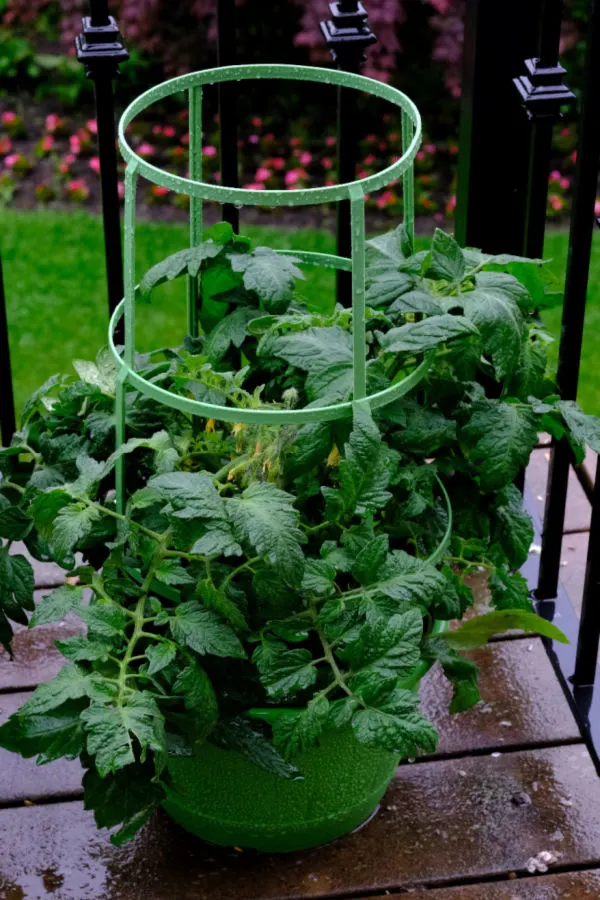
Tomatoes need about one inch of water per week to produce a healthy crop. Any more than that, and the plant’s roots become water-logged, resulting in the plant stopping most production, growth – and yes, the ripening process.
Only water your plants when the soil is completely dry. In addition, the later in the season you go, water less and less but more deeply when you do. This will keep plants concentrating their energy on ripening mature fruit.
The Power Of Air Flow – How To Get Tomatoes To Ripen Faster
Along with proper watering, good circulation is another big secret to success. Plants need oxygen to grow, produce fruit, and most importantly, help ripen it.
Remove the lower branches on your tomato plants to allow for better air flow. For smaller, more compact tomato plants, remove the bottom six to ten inches. For larger heirloom types, remove twelve to eighteen inches.
Giving the plants space at the bottom allows air to flow freely. Not only will this help your plants to ripen their fruit faster, it also keeps them healthier as well. Proper air flow helps prevent disease and mildew, and it also aids in increasing pollination rates.
In addition to the bottom of plants, don’t be afraid to remove a bit of middle growth as well. Contrary to popular belief, light does not play a key role in ripening fruit, but the added air flow through the middle of the plant will!
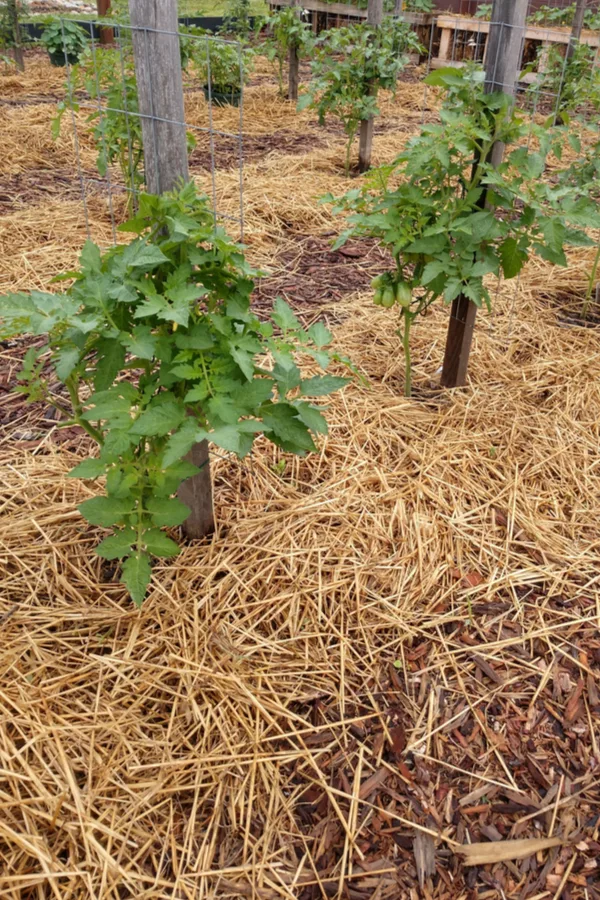
#4 Ripen Off The Vine – How To Get Tomatoes To Ripen Faster
Last but not least, pick your tomatoes early! As it turns out, tomatoes ripen far better and faster off of the vine than on it. As crazy as it sounds, once a tomato begins to slightly turn or blush, you will have better luck picking it and ripening it off the vine.
Tomatoes do not need to be on the vine or plant to ripen. Once they begin to turn, leaving them on the vine will continue to use the plant’s resources. Resources that could and should be going to producing more flowers and more fruit. See: How to Know When to Pick Tomatoes – The Best Time To Pick A Tomato
So once you harvest your slightly turned tomatoes – where should you ripen them? A few places to avoid are sunny windowsills or in the refrigerator.
Once a tomato has started to ripen, it does not need sunlight to help it along. In fact, heat and sunlight can actually blister the fruit. A hot windowsill in direct sunlight will usually create too much heat. In the process, the tomato ripens unevenly and may even rot if left too long.
Refrigerators are a bad choice too. The chilling temperatures actually stop the ripening process all together. The only time tomatoes should go into a fridge is when you are trying to save a few for canning from becoming too ripe.
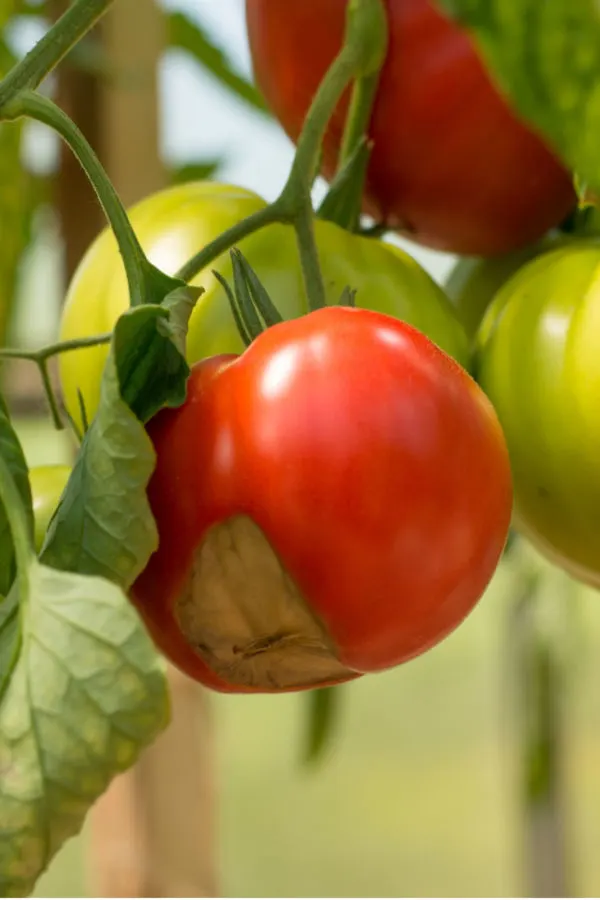
To ripen your tomatoes best, pick them and place them in a cool, shady location. The ideal temperature for ripening is actually around 70 degrees, with plenty of circulation to help as well.
Keep Picking!
Last but not least, the more tomatoes you leave on your plant, the harder time the plant will have handling trying to ripen it all. Pick your tomatoes early and often to keep plants producing and ripening. Once a plant has too many fruits hanging from it’s stems, the plant will begin to stop production of new blooms and fruit.
Here is to having your tomatoes ripen faster than ever this year!
This Is My Garden
Follow Our Facebook Page For Great Gardening Tips And Advice! This Is My Garden Facebook Page
This Is My Garden is a garden website created by gardeners, for gardeners. Jim and Mary Competti have been writing gardening, DIY and recipe articles and books and speaking for over 15 years from their 46 acre Ohio farm. They publish three articles every week, 52 weeks a year. Sign up today to follow via email, or follow along!
